
The Rooster® Trapeze Harness is fully compliant with the new weight rules and has positive buoyancy as per requirements in the 2021-2024 new World sailing rules. The weight when dry is about 1.2kg, and 1.75kg when wet - based on a size XL/2XL.
At Rooster we’re focused on getting people on/in the water and enjoying all that the elements can deliver, we work to ensure that our kit is versatile through comfort, durability, adaptivity and performance, whilst retailing at a fair price.
Our research and development phase take both personal experiences and the experiences of super users. These might be high performance sailors to those who manage sailing schools, that way we have a broad understanding of all the design features that are needed.
The development of the Rooster Harness was a fun process and it was the first project I was tasked with when joining the team in 2017… no pressure! Harnesses are such a personal thing and so trying to make a ‘one design fits all’ solution was a challenge. Testing and fitting were made easier as we are lucky that most of the team at Rooster HQ are sailors, with approximately 50% regular users of trapeze harness’s, so we had a good testing base across a range of sizes and abilities at close hand. The core aim was to produce a harness that could combine comfort, performance and affordability, whilst being versatile to allow maximum adjustability. We know that appeals to family members who want to share the harness as well as high performance sailors to adjust to the perfect fit.
During the development process, we think about the lifetime of the product to not only minimise the environmental footprint but also as the user doesn’t want the ‘agro’ of having to keep buying new kit.
We also look ahead at material/technology trends and developments as well as safety regulations to ensure that when the release date comes around, we are up to date or even ahead of the curve. The next stage in the development calls for initial prototyping to determine fit and form. For technical products, such as the harness, these are rough and ready samples, and often not pretty! We made the first prototype in house to quickly translate our ideas, establish a working panel layout, locate stress points, select appropriate materials and see how the features will work in practise. Usually the testing/fitting for an initial prototype will be done solely at Rooster HQ, but we did also take the first harness prototype to the water to double check how it worked with unusual movements performed on the water – these are often hard to mimic on land.
The first prototype was far from the final design but provided a good base to move forward with.
With the hard work done, it then comes to making a comprehensive technical spec pack so that we can translate our concept to our factory for them to produce a working test sample.
The spec pack has to be technically accurate and is the platform we use to communicate all parts of the design including a technical drawing, colour visualisation, panel layout, features/trims, logos/labels and fabrics. The more accurate and detailed the spec pack, the better the sample will be, so we try to make it as thorough as possible. It also means that sample rounds can be minimised, which saves time, money and environmental impact.
It can take 2-3 months for such a technical product sample to process in our factory and be delivered to us; by this time, we can hardly contain our eagerness to try it out.
As soon as the first sample arrived at our office, full of excitement, we were straight out to test it using our test rig. All the hard work we put into our initial prototype and spec pack paid off as our first sample was not far from how the harness is today. There were a few parts that required further refining which took a couple of further sample rounds as we refined the construction around the crotch, material/inner foam distribution and fit/shaping. We used 2 different densities of our MISRA foam on the inside the harness, which lends itself to fitting well around the body because of its deflection properties; a softer foam support around the hips, with a denser foam used on the back for extra support.
It was also really important to us to get the fit right so that it could fit to different body shapes, so we worked hard to make sure that the tensioning of the side ‘flaps’ allowed for adjustment down the back, across the middle and up through the bum. On the crotch, we tried to get the right stretch vs support ratio so that it would be comfortable whilst supporting through the bum and up to the bar, which led to test several different constructions to perfect this. Once we (and chief tester/bossman Steve) were happy with the features, construction and fit, we then put out a couple of the samples to Rooster ambassadors and dealers for further testing/feedback. This is another important stage, as when working so close to the product, it can be easy to miss something. In the case of the harness, all the feedback was excellent.
Then just came the waiting game for production, which takes about 6 months including shipping. The project took just under 2 years in total, from start to finish, ahead of its official launch at the 2019 RYA Dinghy Show.
The full information of the ins and outs of the Rooster® Trapeze Harness:




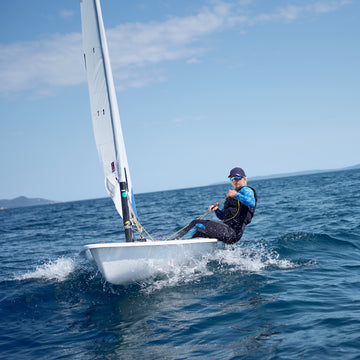
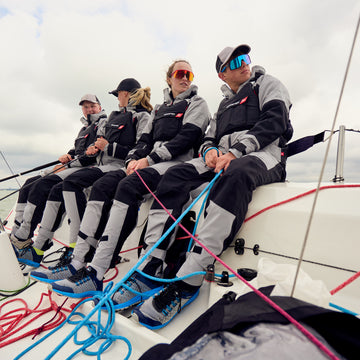
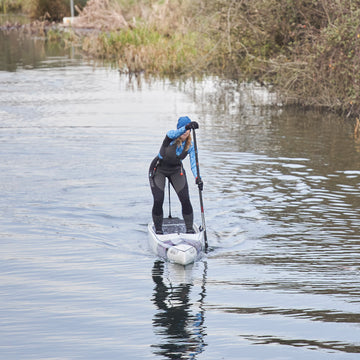
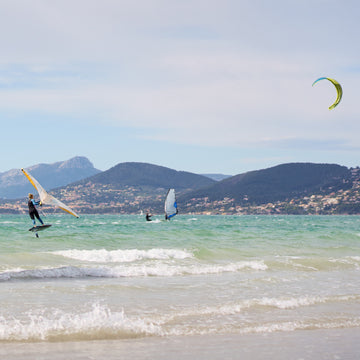

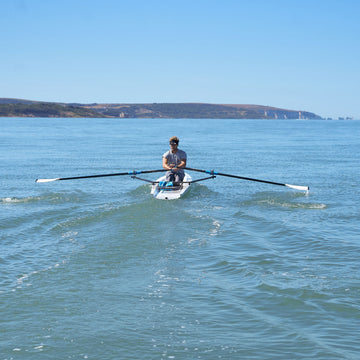
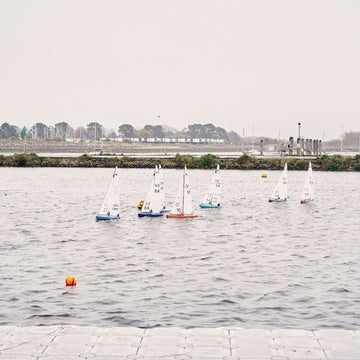
 Select Store
Select Store
 US
US
 UK
UK

